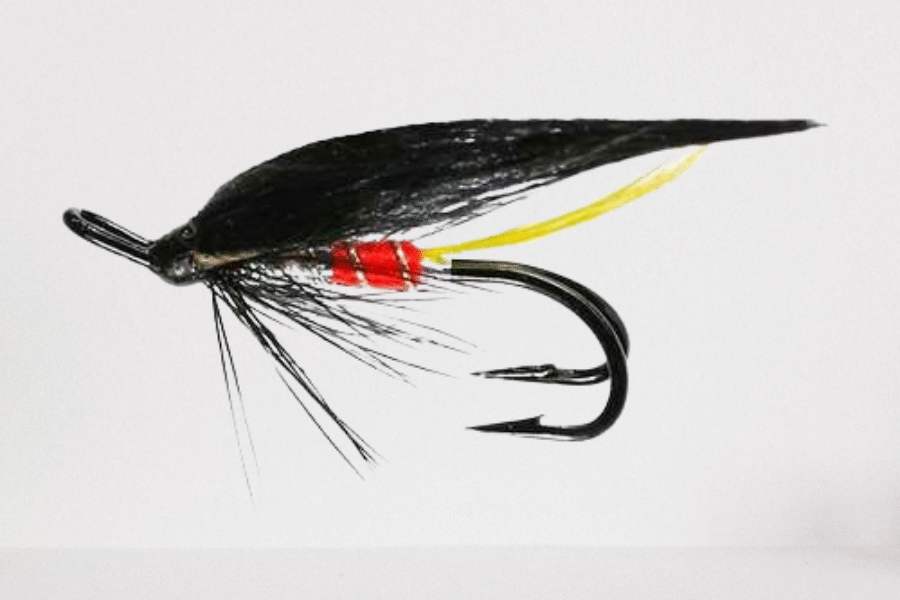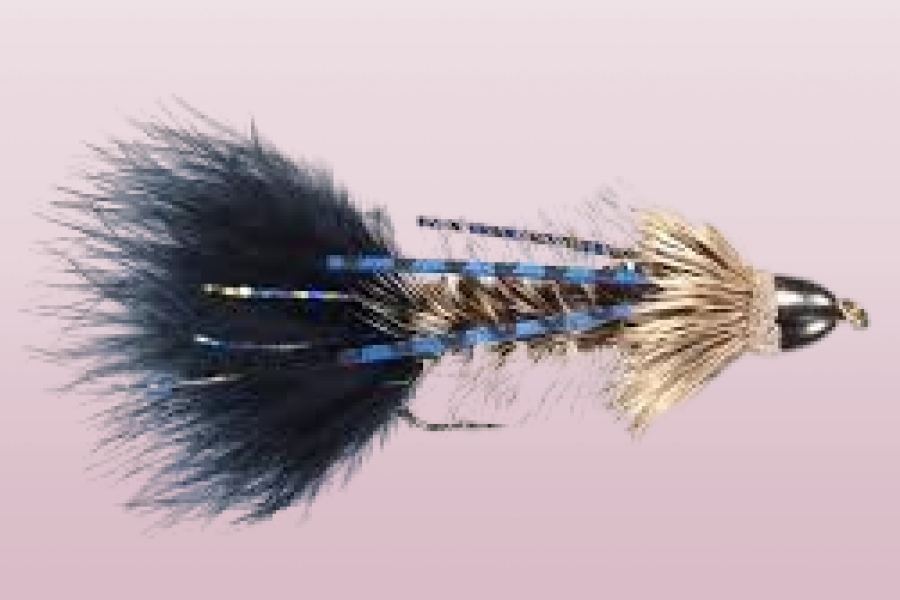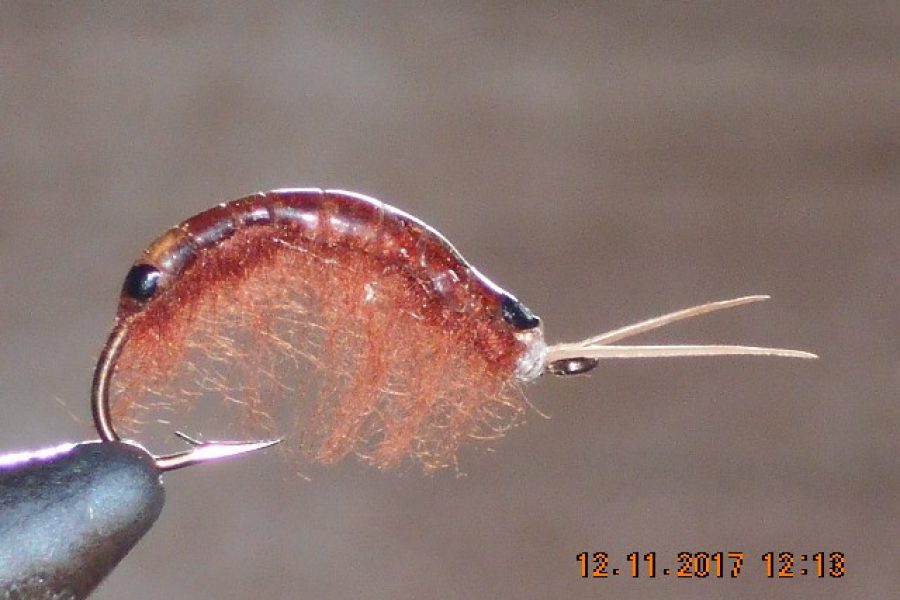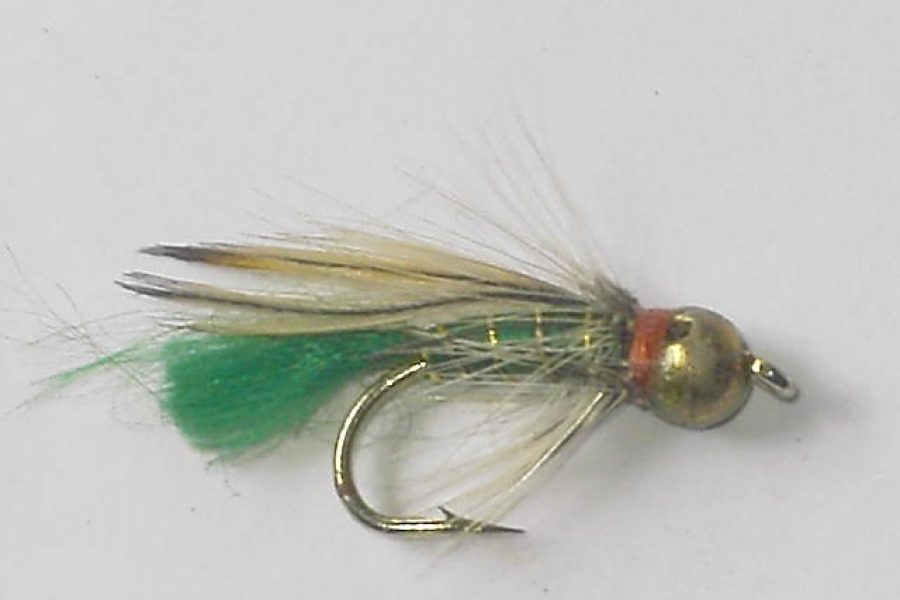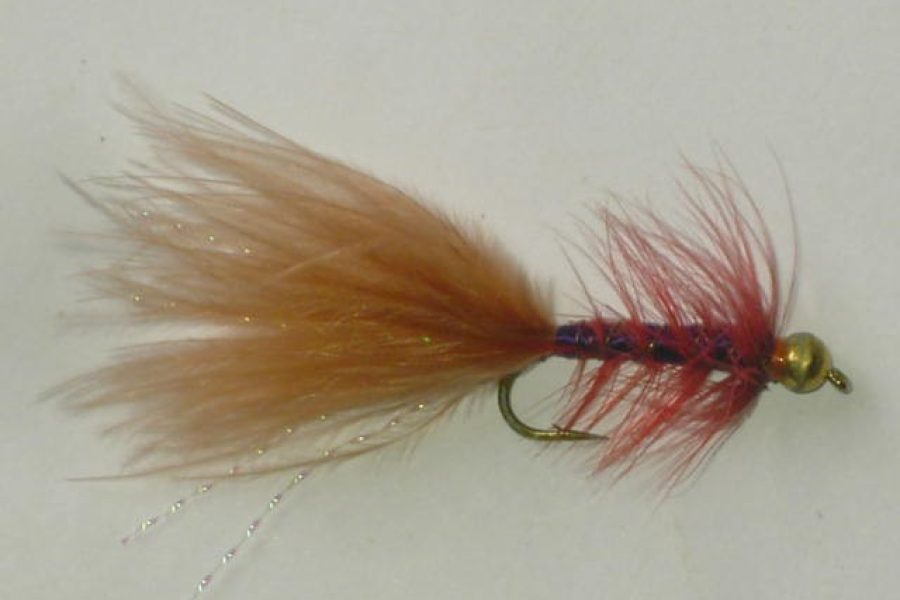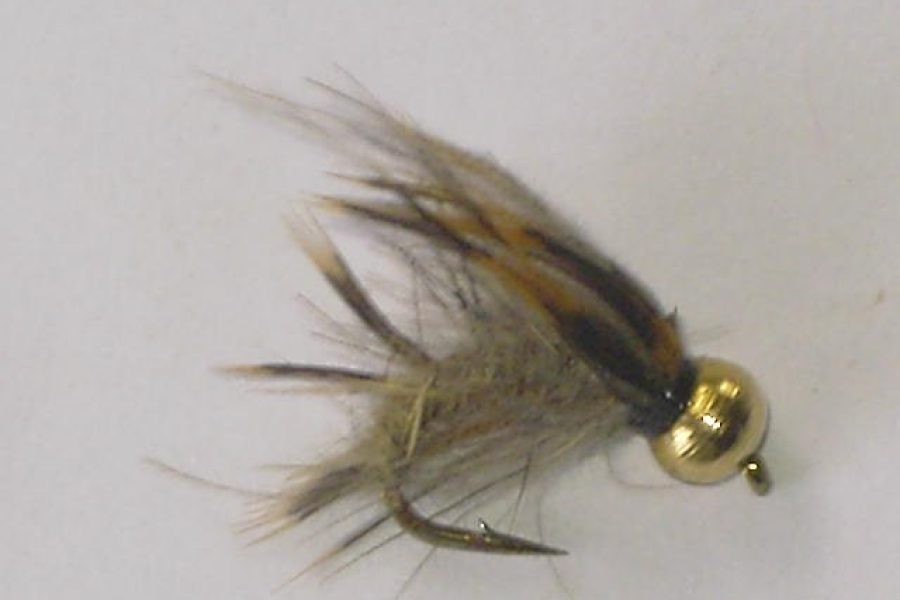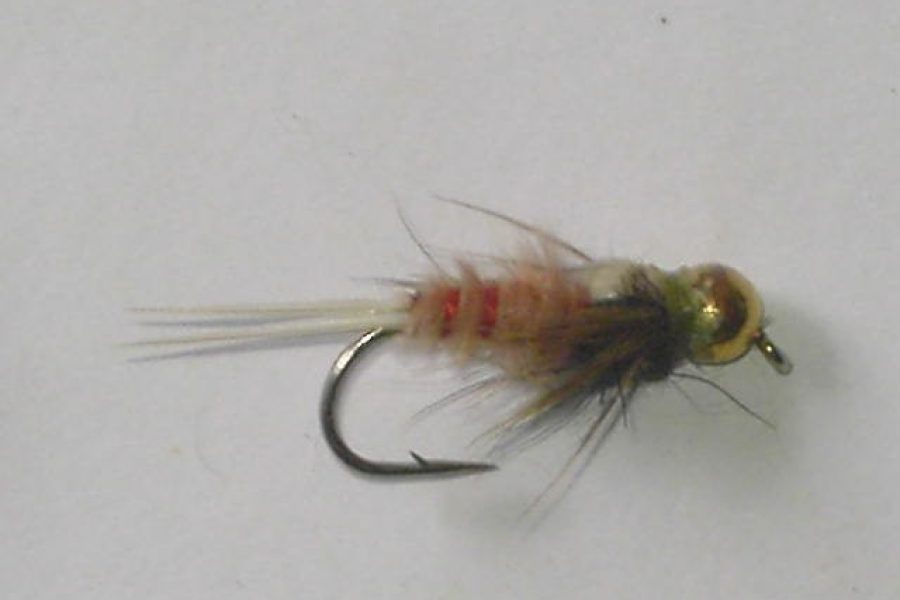Description
Product Overview and Heritage The Czech Nymph 3 represents a specialized variant of the traditional Czech nymph style, developed for technical nymphing situations. This pattern incorporates heavy weighting and slim profile characteristics of Czech-style nymphs, with specific design elements that make it particularly effective as part of a three-fly rig. The pattern has become a staple for European nymphing techniques and competitive fly fishing.
Design Features and Materials Hook Characteristics:
- Premium scud/nymph hooks
- Available sizes: 8-16
- Strong wire construction
- Wide gap design
- Chemically sharpened points
- Bronze finish
- Optimal hook strength
- Enhanced penetration design
- Perfect size-to-weight ratio
- Freshwater durability
Material Components:
- Tungsten beads
- Lead wire underbody
- Quality dubbing
- Enhanced durability
- Mixed materials
- Color-fast characteristics
- Movement enhancement
- Natural appearance
- Balanced design
- Slim profile
Pattern Variations The pattern includes:
- Standard version
- Heavy versions
- Light versions
- Size variations
- Weight adaptations
- Ribbing options
- Natural colors
- Flash variations
- Mixed materials
- Custom modifications
Fishing Applications and Techniques Presentation Methods:
- Czech nymphing
- Short-line nymphing
- Multiple angles
- Depth control
- Pattern placement
- Current fishing
- Structure targeting
- Cross-current drifts
- Action variation
- Traditional methods
Specialized Applications:
- Deep runs
- Fast water
- Structure fishing
- Clear conditions
- Low light periods
- High water periods
- Search patterns
- Active fish
- High-pressure situations
- Technical water
Seasonal Effectiveness Spring Performance:
- Early season success
- Mixed techniques
- Weather changes
- Pattern selection
- Temperature increases
- Fish movement
- Feeding windows
- Natural cycles
- Light conditions
- Hatch matching
Summer Strategy:
- Deep water fishing
- Morning/evening peaks
- Temperature adaptation
- Feeding patterns
- Oxygen levels
- Light penetration
- Fish behavior
- Water conditions
- Current seams
- Structure targeting
Fall Applications:
- Pre-winter feeding
- Cooling waters
- Changed light conditions
- Transitional periods
- Selective takes
- Pattern visibility
- Fish location
- Temperature drops
- Migration patterns
- Feeding windows
Habitat and Water Types Water Applications:
- Rivers and streams
- Deep runs
- Fast water
- Clear water
- Turbid conditions
- Structure areas
- Current seams
- Drop-offs
- Holding water
- Pocket water
Specialized Environments:
- Various waters
- Technical streams
- High gradient waters
- Complex currents
- Bank edges
- Deep runs
- Different depths
- Pool heads
- Current breaks
- Fast water
Target Species and Behavior Primary Species:
- Brown Trout
- Rainbow Trout
- Brook Trout
- Grayling
- Multiple Species
- Selective Feeders
- Deep-water Feeders
- Technical Fish
Behavioral Patterns:
- Active feeding
- Selective takes
- Pattern recognition
- Natural behavior
- Opportunistic strikes
- Selective periods
- Strike triggers
- Visual stimulation
- Lateral line response
- Competitive behavior
Rigging Recommendations Leader Setup:
- 9-12 foot leaders
- 4X-6X tippet
- Tapered leaders
- Fluorocarbon options
- Loop-to-loop connections
- Proper presentation
- Adequate stiffness
- Knot strength
- Breaking strain
- Abrasion resistance
Presentation Options:
- Three fly rigs
- Multiple droppers
- Traditional methods
- Modern techniques
- Line matching
- Leader design
- Tippet selection
- Depth control
- Drift adjustment
- Action variation
Professional Applications Guide Usage:
- Client-friendly pattern
- Proven success rates
- Consistent performance
- Easy presentation
- Multiple techniques
- Teaching tool
- Confidence pattern
- Versatile applications
- Durability
- Hook-up ratio
Tournament Usage:
- Competition proven
- Technical water success
- Pressure adaptation
- Quick-change capability
- Consistent performance
- Pattern rotation
- Size variation
- Color selection
- Presentation options
- Result tracking
Advanced Technical Applications The pattern excels in specific technical situations that require precise presentation and depth control. These patterns perform exceptionally well in the following scenarios:
- Deep runs with depths of 4-12 feet
- Fast-water pocket water
- Areas with heavy current
- Complex current seams
- Structure-rich environments
Pattern effectiveness can be enhanced through specialized presentation techniques:
- Variable drift speeds
- High-stick nymphing
- Micro-adjustments to depth
- Strategic mending for optimal drift
- Counter-current presentation in complex flows
Water temperature significantly impacts pattern effectiveness:
- Optimal performance in 45-65°F range
- Increased activity during warming trends
- Enhanced success during stable barometric conditions
- Peak effectiveness during high water periods
- Adapted presentation based on metabolic activity
Care and Maintenance Post-Fishing Care:
- Thorough drying
- Material grooming
- Hook inspection
- Pattern maintenance
- Material preservation
- Storage preparation
- Shape inspection
- Profile verification
- Performance testing
- Movement checking
Storage Requirements:
- Dry environment
- UV protection
- Separate compartments
- Regular inspection
- Moisture prevention
- Temperature control
- Light protection
- Ventilation needs
- Box organization
- Inventory management
Environmental Considerations Conservation Features:
- Sustainable materials
- Durable construction
- Catch-and-release friendly
- Minimal environmental impact
- Eco-conscious design
- Material selection
- Ethical considerations
- Resource protection
- Species conservation
- Environmental awareness
Material Selection:
- Responsible sourcing
- Quality components
- Mixed elements
- Ethical production
- Sustainable practices
- Environmental impact
- Material longevity
- Waste reduction
- Local materials
- Eco-conscious design

